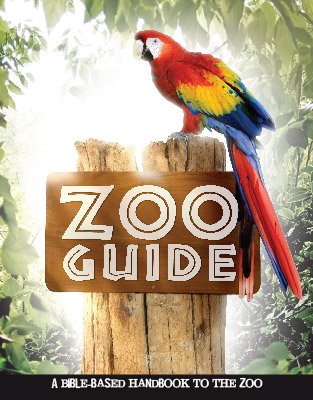Great Horned Owl
Great Sand Dunes National Park and Preserve, Public domain, via Wikimedia Commons
Design

The great horned owl has excellent night vision and special adaptations to its flight feathers, which make its flight noiseless. These features make the owl a proficient hunter at night, which became a necessary ability after the Fall. Since owls’ eyes are positioned in the front of their heads, they do not have binocular vision behind them as many other birds do. However, they were designed with the ability to turn their heads almost 270 degrees.
Features
- The great horned owl is large and has ear tufts on its head and a white patch on its throat.
- The female is generally larger than the male.
- The great horned owl is the fiercest species of owl in North America.
Fun Facts
- The great horned owl is mostly nocturnal, hunting and eating during the night and sleeping during the day.
- Female and male owls will sing “love” songs when in the mating season.
- Owls cannot turn their heads all the way around, as is commonly believed.
- This species is recognized by its call “Who, who.”
Created Kind Members
All owls
CLASS: Aves (birds)
ORDER: Strigiformes (owls)
FAMILY: Strigidae (typical owls)
GENUS/SPECIES: Bubo virginianus
Size: Between 18–25 in (0.5–0.6 m); Wingspan up to 4.5 ft (1.4 m)
Weight: 2–4 lbs (0.9–1.8 kg)
Original Diet: Plants
Present Diet: Amphibians, reptiles, birds, and mammals; mostly rodents
Habitat: The Americas—North, Central, and South; in woodlands adjacent to open areas
Zoo Guide
Make your next visit to the zoo more than just fun—make it factual and fascinating too! You could even start a personal “creation zoo tours” ministry. Featuring more than 100 animals, our long-awaited Zoo Guide includes beautiful pictures and explores the amazing facts and design features that point to our awesome Creator. Excellent gift for any one who loves animals!
Browse Kids Book- © 2025 Answers in Genesis
- Privacy Policy
- Contact
- About

